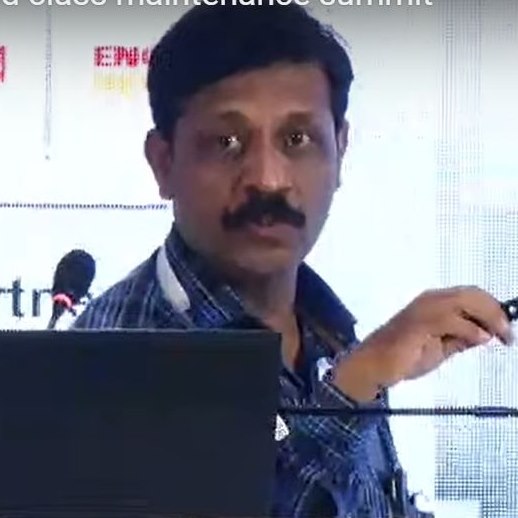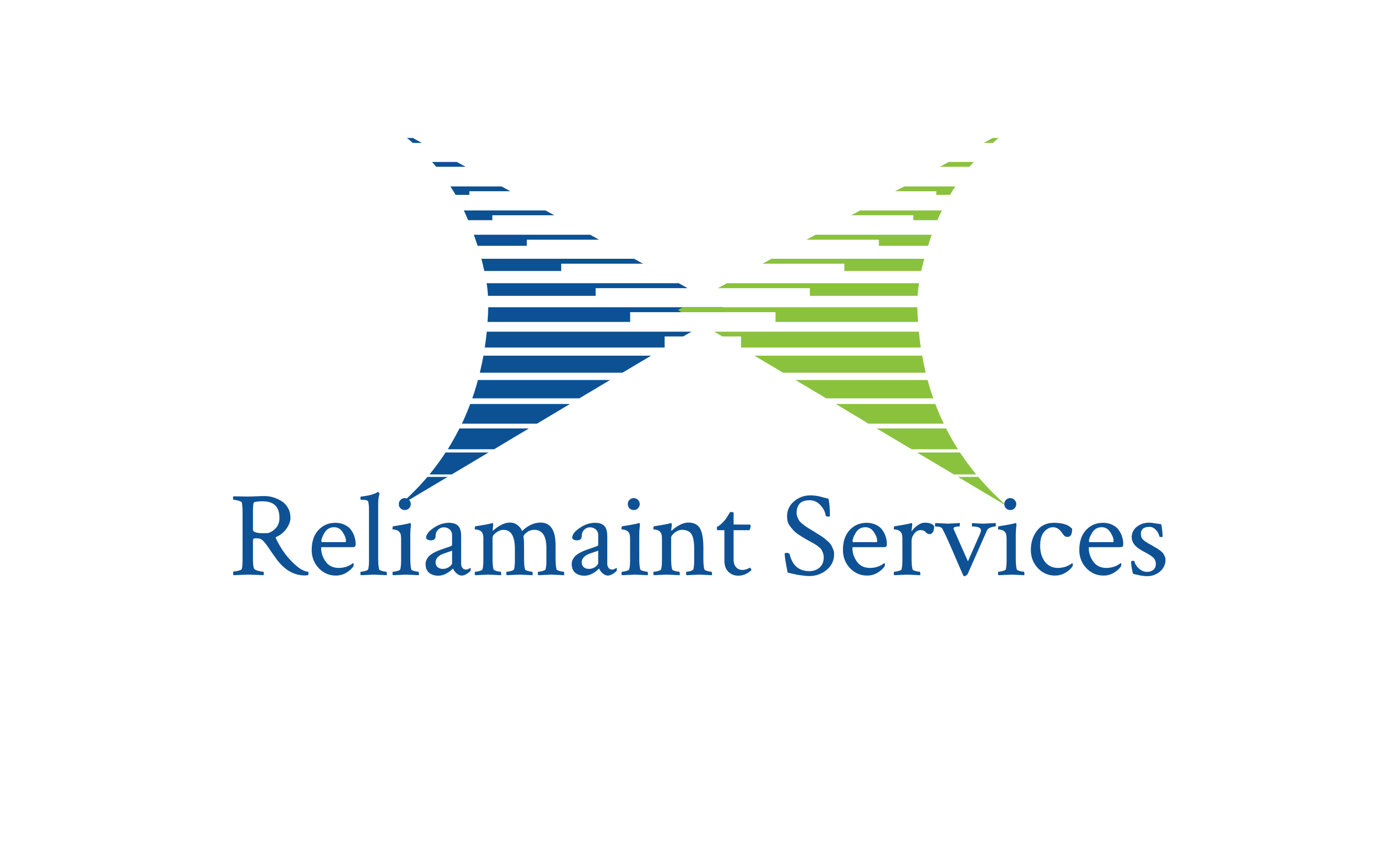Asset Reliability
Cultural Challenges in CMMS Adoption: East vs. West
- 03 May. 2025
- 11 min read
Implementing a Computerized Maintenance Management System (CMMS) is not merely a technical upgrade; it represents a cultural and operational transformation. The cultural context in which the CMMS is introduced greatly influences its success or failure. Countries in the Eastern world—such as India, Southeast Asia, and parts of the Middle East—often face unique adaptation challenges that differ from their Western counterparts in Europe and North America.
Below is an in-depth comparison of how these cultural differences affect the adoption and effective use of CMMS.
-
Attitude Toward Standardization and Process Discipline
Western Context (Europe/US): Western plants often operate with a high level of process discipline and adherence to standard operating procedures. These cultures typically value consistency and documented workflows, which align naturally with the structured nature of CMMS platforms. Regulations like OSHA, ISO standards, and Six Sigma methodologies reinforce the importance of process and system integration.
Eastern Context (India/Asia): In many Indian and Southeast Asian plants, workarounds and improvisation play a significant role in day-to-day operations. Standard operating procedures may exist but are not always enforced or updated. Maintenance often evolves in an ad hoc manner to suit immediate constraints, resulting in informal knowledge systems.
Challenge: CMMS requires a shift to data-driven, structured processes. In cultures where flexible workarounds are valued, standardization can feel restrictive.
-
Organizational Hierarchy and Ownership
Western Context: Organizational structures tend to be flatter, and responsibility is distributed. Operators and technicians are often empowered to update systems, provide feedback, and take initiative in system usage. This fosters bottom-up engagement.
Eastern Context: Organizations often follow hierarchical models, where decisions are centralized. Lower-level employees may hesitate to engage with systems unless directed by supervisors. In such cases, CMMS is seen as a managerial tool, not a team tool.
Challenge: CMMS Adoptionfalters when frontline teams feel detached from ownership. In highly hierarchical cultures, top-down mandates are often needed—but they must be balanced with empowerment.
-
Digital Literacy and Training Needs
Western Context: Most maintenance staff have some exposure to enterprise software. CMMS onboarding focuses more on process alignment than digital training. Training is often structured and reinforced with e-learning modules.
Eastern Context: Digital familiarity varies widely. In India, for example, many skilled technicians are not formally trained in computer usage. Resistance can stem from fear of failure or fear of appearing incompetent.
Challenge: Training needs to be practical, language-localized, and ongoing. Adoption strategies must include mentorship and champion users to bridge skill gaps.
-
Perception of Technology and Surveillance
Western Context: Technology is generally viewed as an enabler. Most employees see system use and performance tracking as a way to improve operations and justify resources.
Eastern Context: There can be a lingering perception that technology is used to monitor and discipline workers. CMMS, when viewed through this lens, creates anxiety rather than engagement.
Challenge: CMMS must be framed as a supportive tool. Early communication must reassure workers about how data will be used and the value of their input.
-
Focus: Proactive Maintenance vs. Firefighting
Western Context: Preventive and predictive maintenance is a strategic priority. Organizations allocate budget, resources, and planning effort into keeping equipment healthy and tracking performance.
Eastern Context: Plants often operate under tight cost constraints. Maintenance is treated reactively, and downtime is absorbed as a necessary evil. Preventive tasks are often skipped due to production pressure.
Challenge: CMMS functions best when used proactively. Convincing management to allocate time and budget for non-emergency maintenance is essential for success.
-
Data Culture and Accountability
Western Context: There is a stronger culture of data accountability. CMMS reports and dashboards are trusted, and continuous improvement relies on accurate KPIs such as MTBF and MTTR.
Eastern Context: Data is sometimes seen as secondary. Incomplete entries, missed updates, and pencil-pushing are common, especially in systems where reporting doesn’t directly influence day-to-day operations.
Challenge: Establishing a culture where data quality is seen as a tool for operational improvement (not just paperwork) is crucial. Celebrating small data-driven wins helps build momentum.
Bridging the Gap: What Needs to Happen
- Top-Down Support with Bottom-Up Involvement: Leaders must champion CMMS while empowering technicians.
- Adapt Training: Use hands-on, regional-language, and peer-led training models.
- Incentivize Usage: Tie CMMS usage to team KPIs or recognition programs.
- Simplify Interfaces: Choose CMMS tools that are user-friendly and accessible via mobile.
- Create Local Champions: Identify early adopters and empower them to help others.
- Align with Local Motivators: Whether it's compliance, safety, cost savings, or performance pride — frame CMMS in terms that resonate.
Conclusion: A Shared Goal, Culturally Distinct Paths
CMMS platforms may be globally standardized, but the people who use them are not. Recognizing the cultural nuances of maintenance practices across regions is essential for success. While Western companies may have a head start in structure and compliance, Eastern plants have unique strengths — adaptability, ingenuity, and resilience — that can thrive with the right digital support.
With empathetic rollout, inclusive training, and leadership buy-in, CMMS can transform maintenance culture in any part of the world — unlocking higher efficiency, safer plants, and smarter decisions.
Technology speaks in code. But adoption speaks in culture.
About ReliaMaint
Stay tuned to for insights on asset reliability and maintenance management..

Neeraj Kumar
CEO & Co-Founder
Recent Posts
Planning and Scheduling in Equipment Maintenance.
What CEOs Need to Know About Physical Asset Management.
CMMS.. a catalyst for reliability culture
How Data Driven Process of Reliability and Maintenance can enhance Asset Performance.
Categories
Tags
Newsletter
Contact us
Contact us to Know more on these Topics.
Send